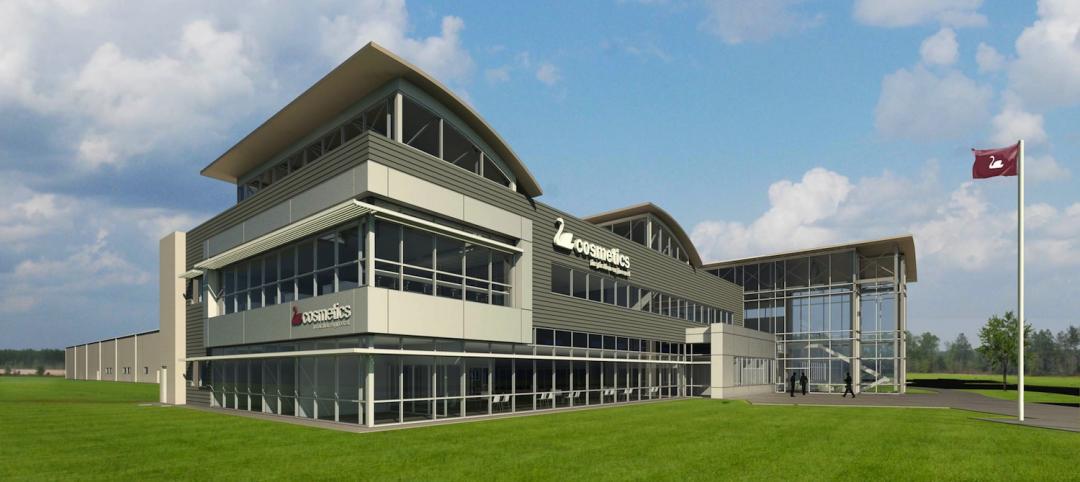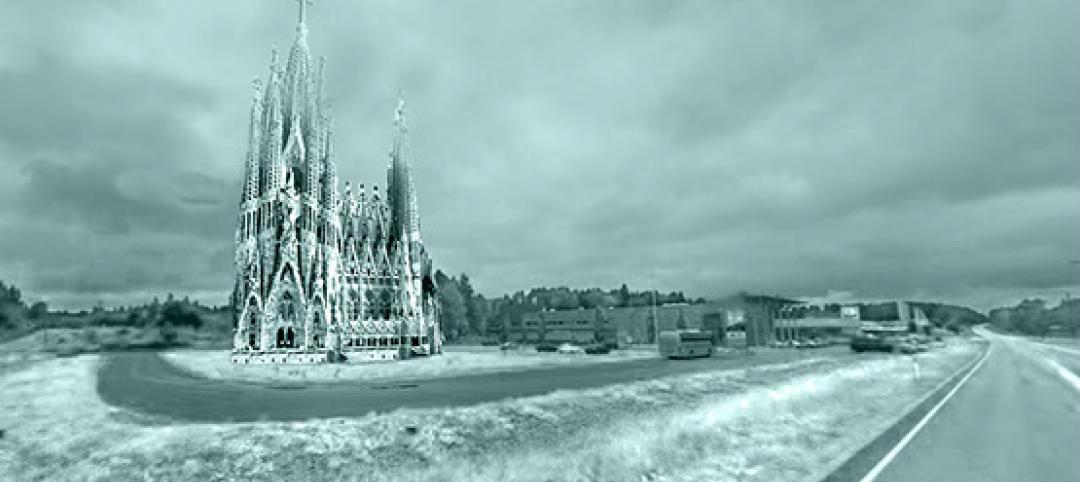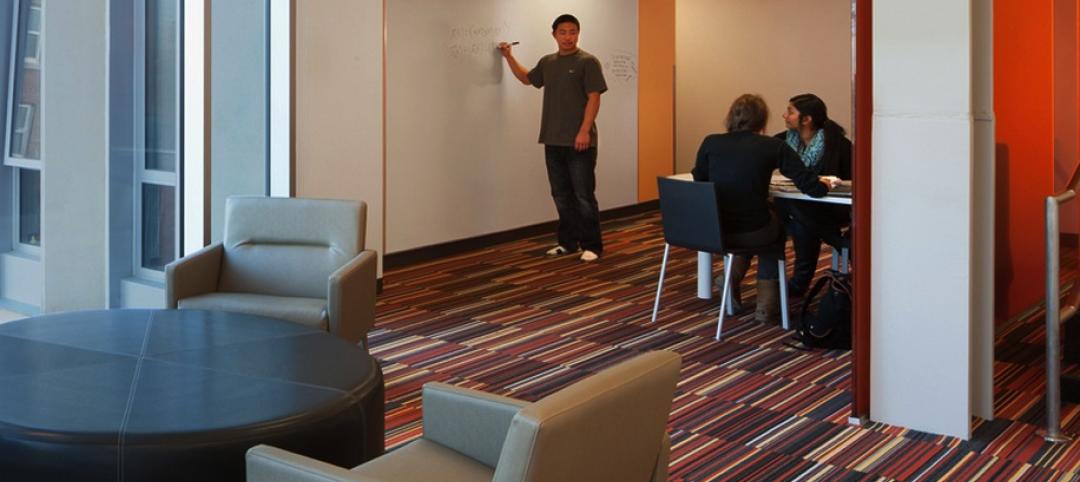Washington, D.C. – March 14, 2011 – “Our hearts go out to the people of Japan as a result of this horrific earthquake and tsunami,” said Clark Manus, FAIA, 2011 President of the AIA. “We are in contact with our colleagues at AIA Japan and the Japan Institute of Architects to offer not only our condolences but our profession's technical and professional expertise when the initiative begins focusing on rebuilding. The AIA has members that are able to participate in rapid damage assessments to help people quickly and safely return to structures, or to keep people away from unsafe structures. More than 1,000 AIA members have received specific training to perform this work and the AIA is in touch with the U.S. Agency for International Development (USAID) and Japan Institute of Architects (JIA) to offer these resources.”
“Japan is already at the forefront of disaster preparedness from which other countries can learn. First, however, we know from our shared experiences following the earthquake in Haiti, earthquakes in New Zealand, Hurricanes Katrina and Rita and the tsunami in South-east Asia that the Japanese need our prayers as well as assistance now and during the long effort toward recovery and rebuilding. We are encouraging our nearly 80,000 AIA members to do what they can to contribute to organizations best able to provide the immediate assistance the Japanese people need in the aftermath of destruction.”
Two other points:
- The AIA is renewing its call made last year for Congress to fund the Codes and Safety for Americas Act (CASA). Currently targeted for Latin America, CASA would enable USAID to assist countries in dealing with the mitigation of disasters by training professionals in both the public and private sector to enhance their understanding of building design codes and standards.
- The U.S. has its own vulnerabilities outside of the San Andreas Fault region in California that need to be further addressed. The Pacific Northwest has seismic hazards that are remarkably similar to those in Japan, and an earthquake off the coast of Oregon or the state of Washington could trigger a tsunami throughout the region. In the Midwest the New Madrid fault experienced a series of earthquakes up to an estimated 8.0 in 1811 and 1812. Building codes in each of these regions should be re-examined in light of the Japan quake.
“The utterly devastated lives and communities of northern Japan are foremost on our minds. This unimaginable compound natural disaster cries out for a swift response to help alleviate the suffering and salvage the remaining fabric of families, friends, and loved ones.”
About The American Institute of Architects
For over 150 years, members of the American Institute of Architects have worked with each other and their communities to create more valuable, healthy, secure, and sustainable buildings and cityscapes. Members adhere to a code of ethics and professional conduct to ensure the highest standards in professional practice. Embracing their responsibility to serve society, AIA members engage civic and government leaders and the public in helping find needed solutions to pressing issues facing our communities, institutions, nation and world. Visit www.aia.org.
Related Stories
| Jun 11, 2014
5 ways Herman Miller's new office concept rethinks the traditional workplace
Today's technologies allow us to work anywhere. So why come to an office at all? Herman Miller has an answer.
| Jun 11, 2014
Koolhaas’ OMA teams with chemical company to study link between color and economy
Dutch company AkzoNobel is partnering with Rem Koolhaas' firm OMA to study how the application of colorful paints and coatings can affect a city's economic development.
| Jun 11, 2014
Oceanic oases: Two new luxury condominiums under construction in South Beach
Slated for completion in 2015, both the seven-story, 275,141 square-foot One Ocean and six-story, 190,654 square-foot Marea will offer landscapes by Enzo Enea and interiors by Yabu Pushelberg.
| Jun 11, 2014
Esri’s interactive guide to 2014 World Cup Stadiums
California-based Esri, a supplier of GIS software, created a nifty interactive map that gives viewers a satellite perspective of Brazil’s many new stadiums.
| Jun 10, 2014
Site optimization: Paving the way for smoother land development projects
The biggest cost differential when dealing in site development from one site to another is the earthwork. So, when selecting a site, it is critical to not only take into account the initial purchase price of the property, but also what sort of investment it will take to prep the site for development.
| Jun 10, 2014
Gaudi’s famed cathedral on ice: Dutch students to construct 132-foot ice replica of Sagrada Familia
"Sagrada Familia in Ice" will be built with a mixture of wooden fibers and plain ice that is three times stronger than ice.
| Jun 10, 2014
Built-in balcony: New skylight windows can fold out to create a patio
Roof window manufacturer Fakro offers a skylight window system that quickly converts into an open-air balcony.
| Jun 10, 2014
New York's first-ever public housing for visually-impaired begins upgrade
Selis Manor is the first government-funded residence for the vision-impaired and disabled in New York City. MAP’s design eases crowding, increases security, and separates residents and visitors.
| Jun 9, 2014
6 design strategies for integrating living and learning on campus
Higher education is rapidly evolving. As we use planning and design to help our clients navigate major shifts in culture, technology, and funding, it is essential to focus on strategies that help foster an education that is relevant after graduation. One way to promote relevance is to strengthen the bond between academic disciplines and the campus residential life experience.
| Jun 9, 2014
Green Building Initiative launches Green Globes for Sustainable Interiors program
The new program focuses exclusively on the sustainable design and construction of interior spaces in nonresidential buildings and can be pursued by both building owners and individual lessees of commercial spaces.















